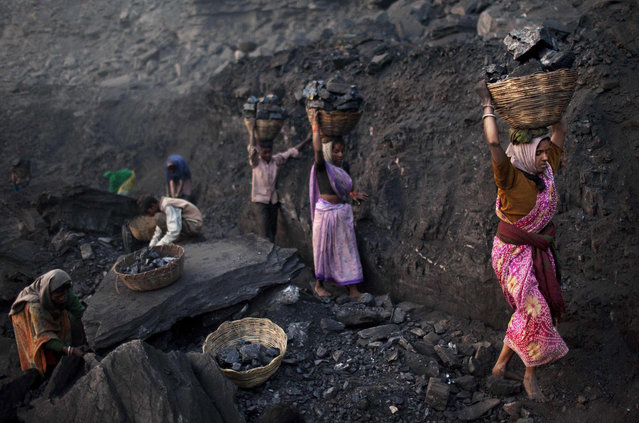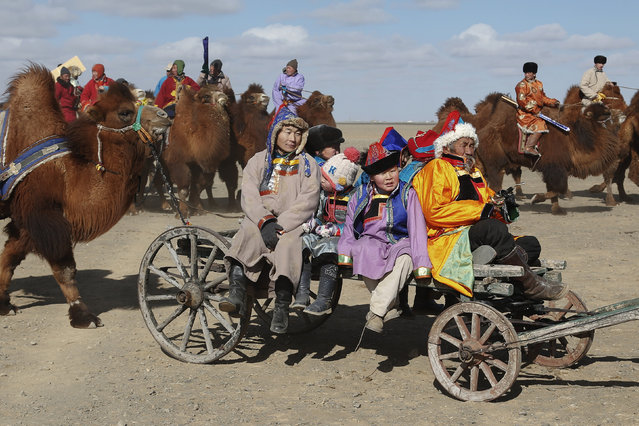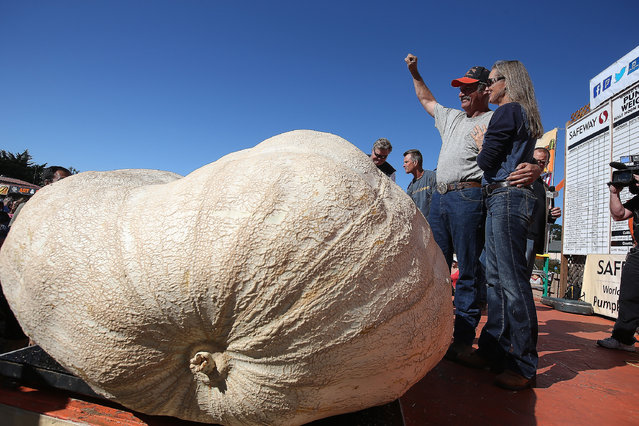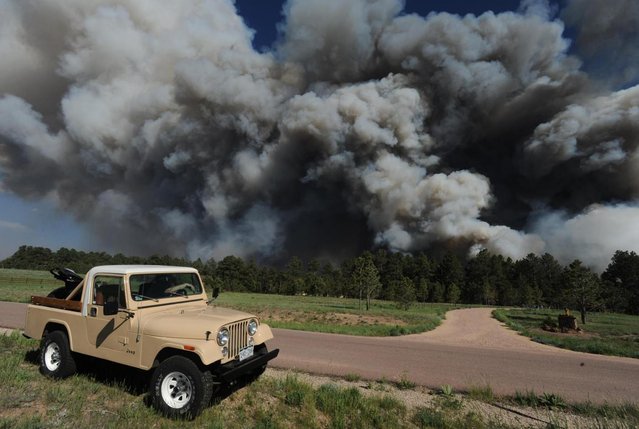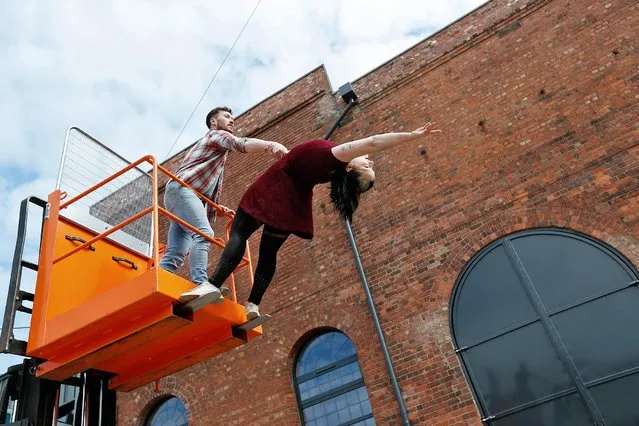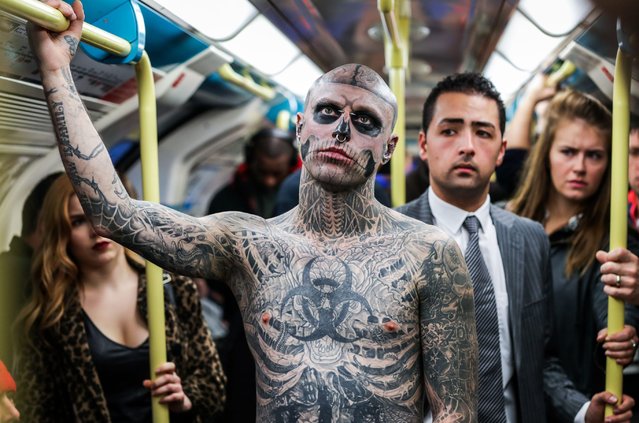
Zombie Boy, who holds a Guinness World Record for most bones inked on a human body, gave Londoners a fright on October 5, 2016 as he was spotted at commuter hotspots across the capital to promote Thorpe Park’s new Halloween attraction. Canadian born Zombie Boy has 90% of his body covered in tattoos with a value of over $20,000 in total, including an entire skeleton and skull on his face, visited Canary Wharf, Oxford Street and Soho. (Photo by Rex Features)
06 Oct 2016 09:56:00,post received
0 comments

